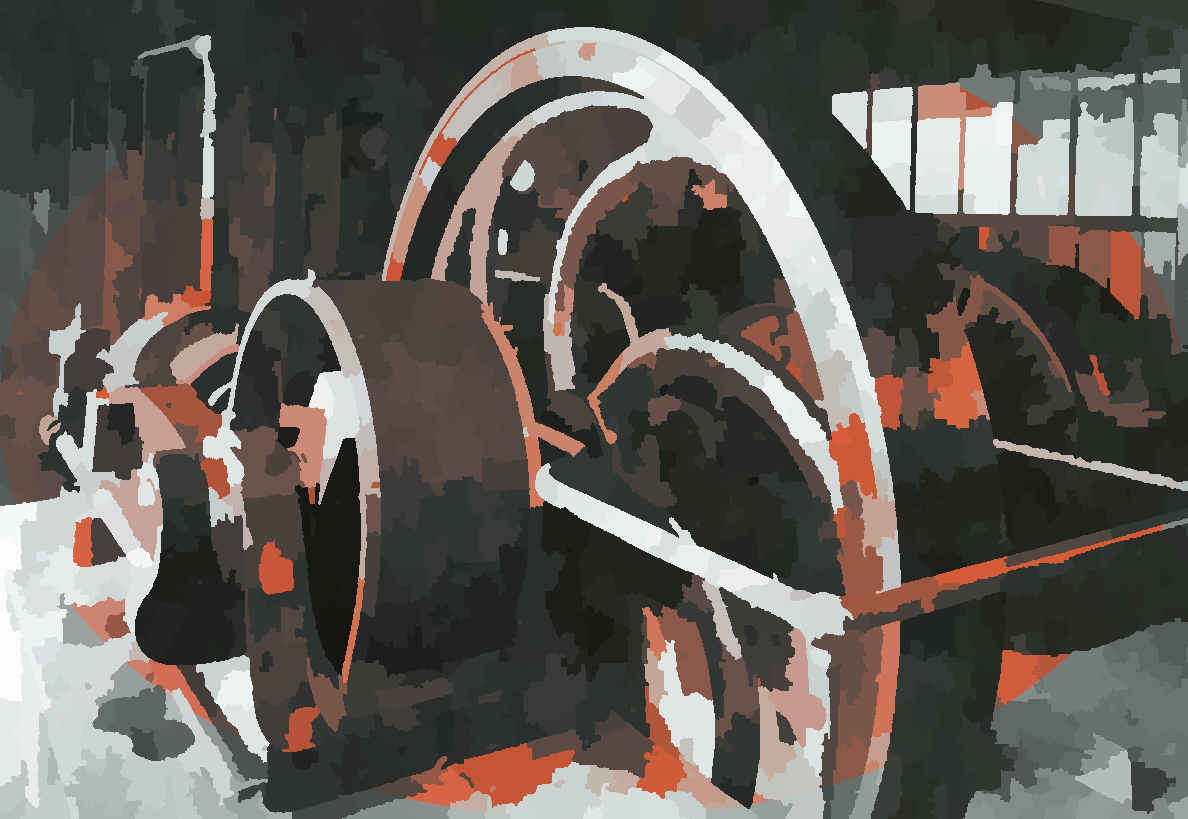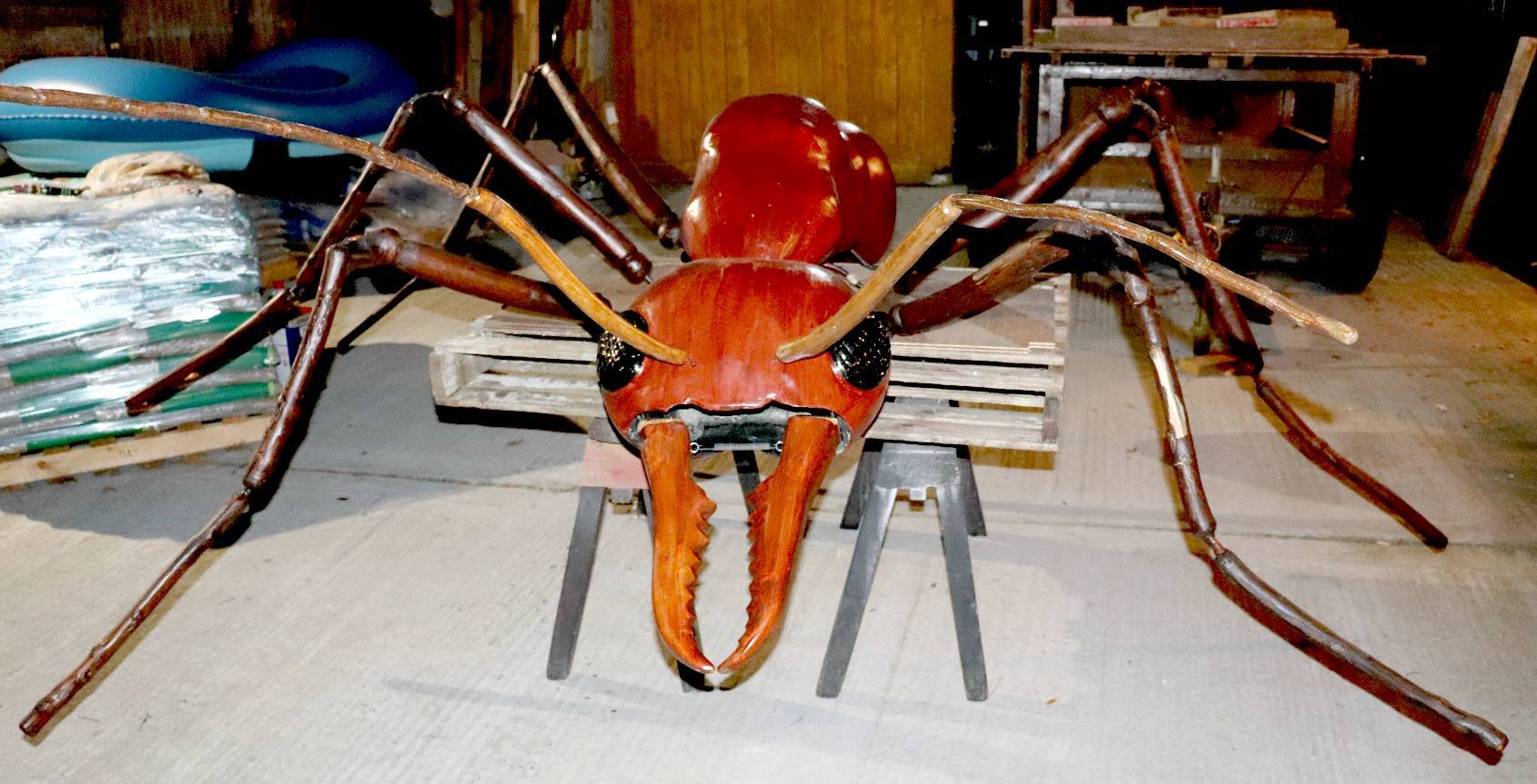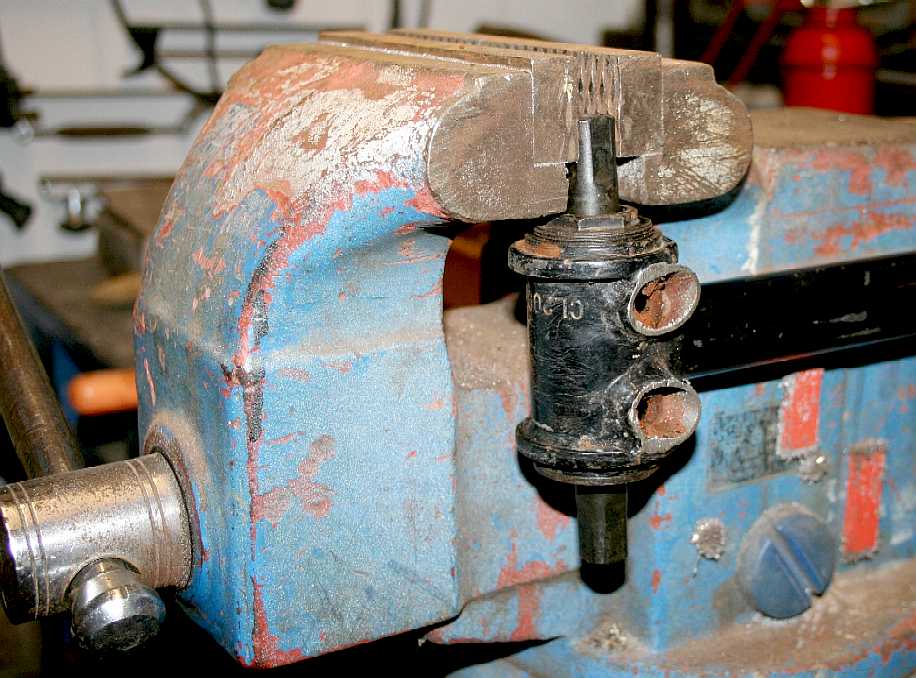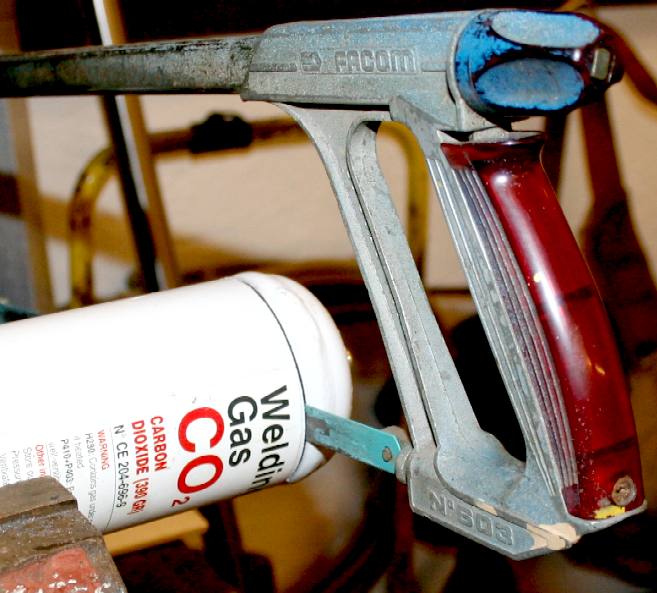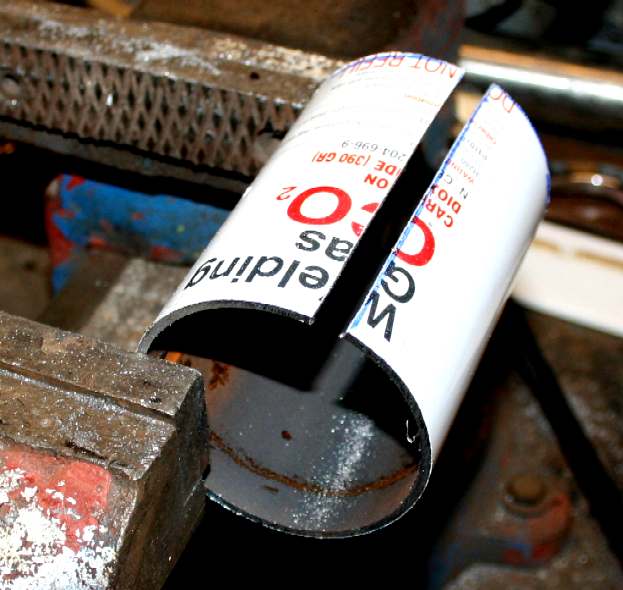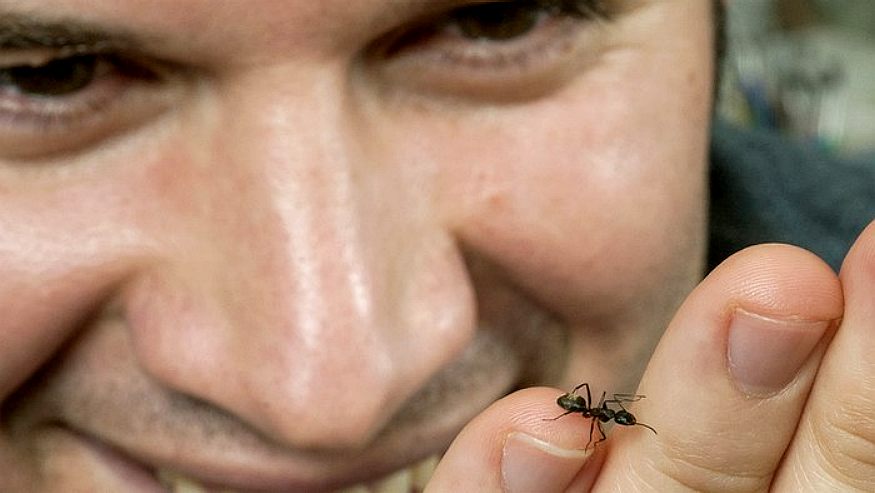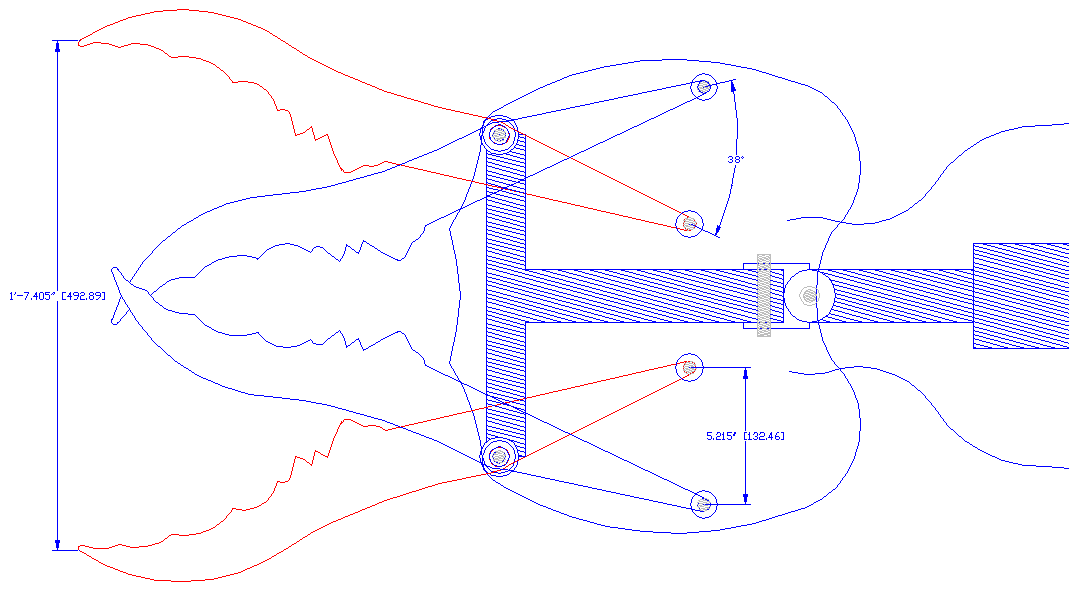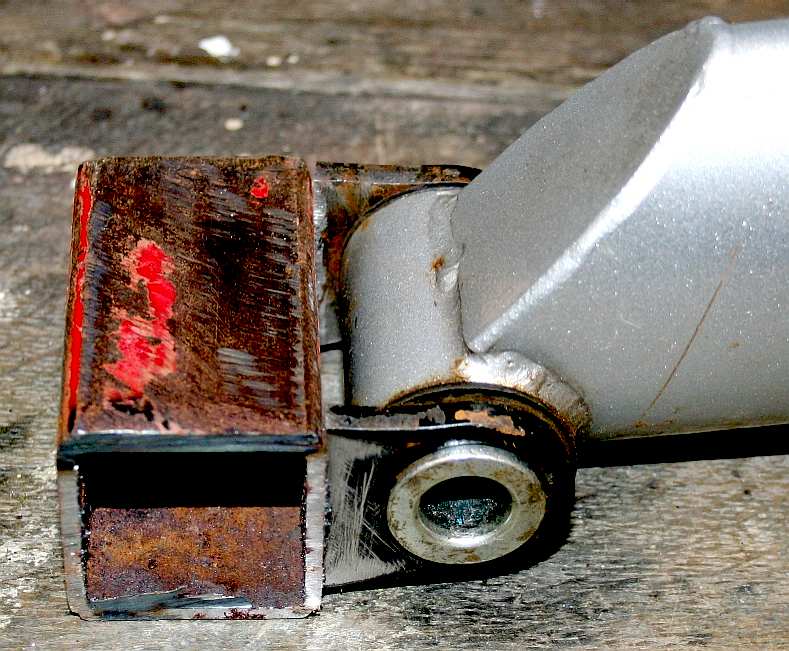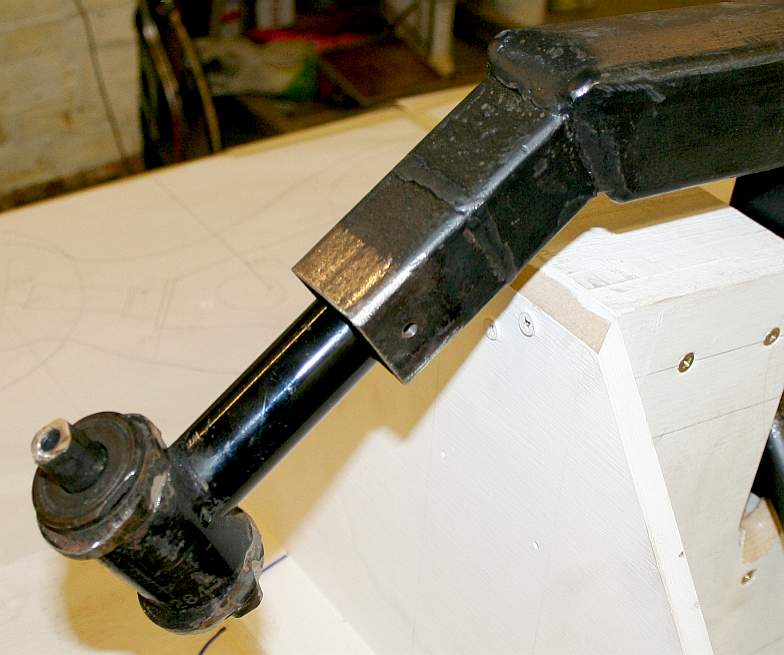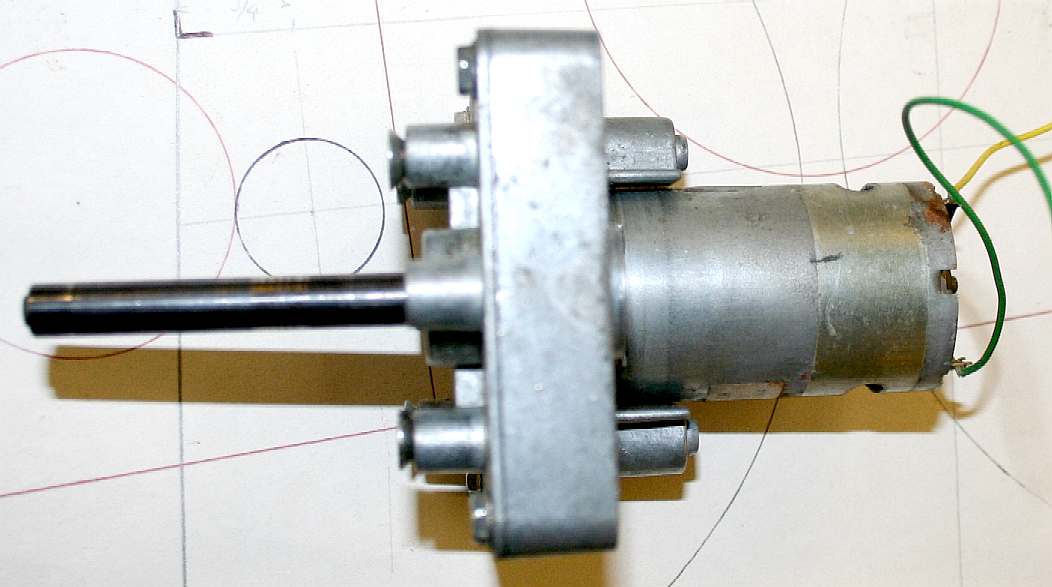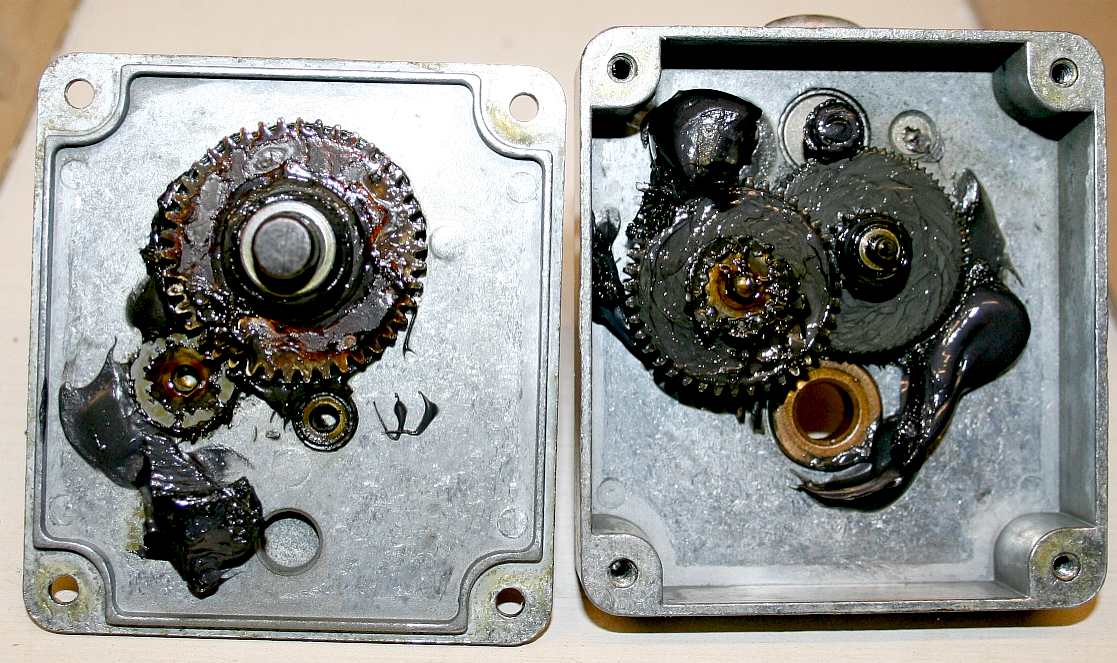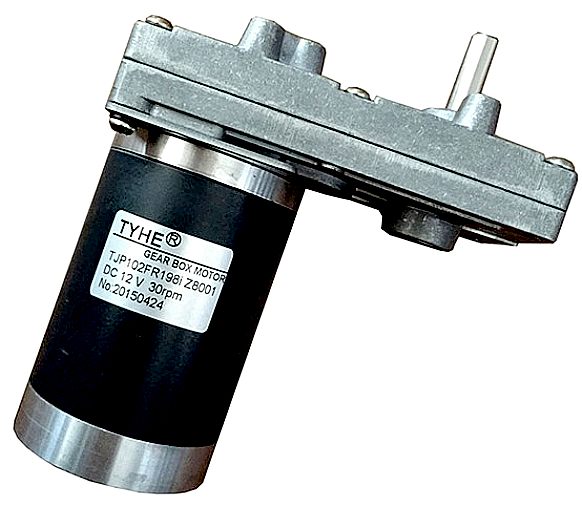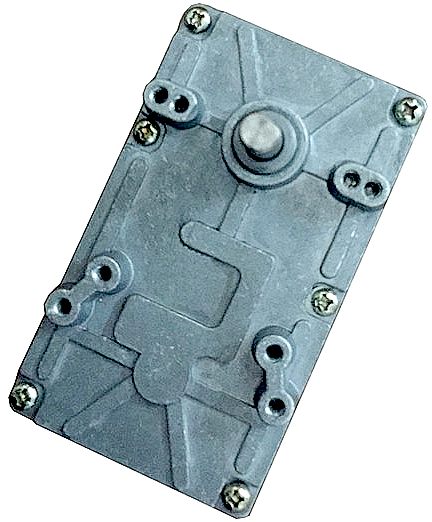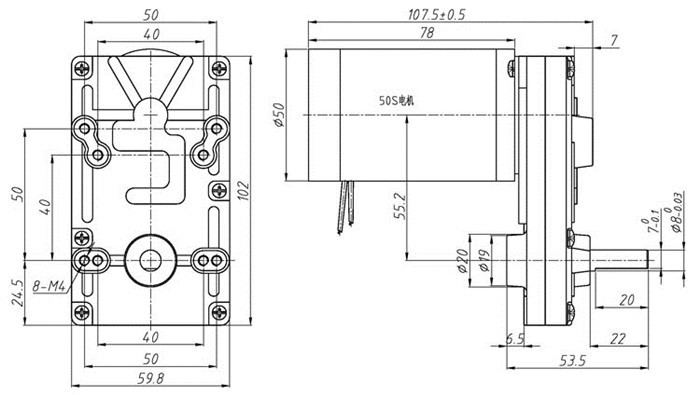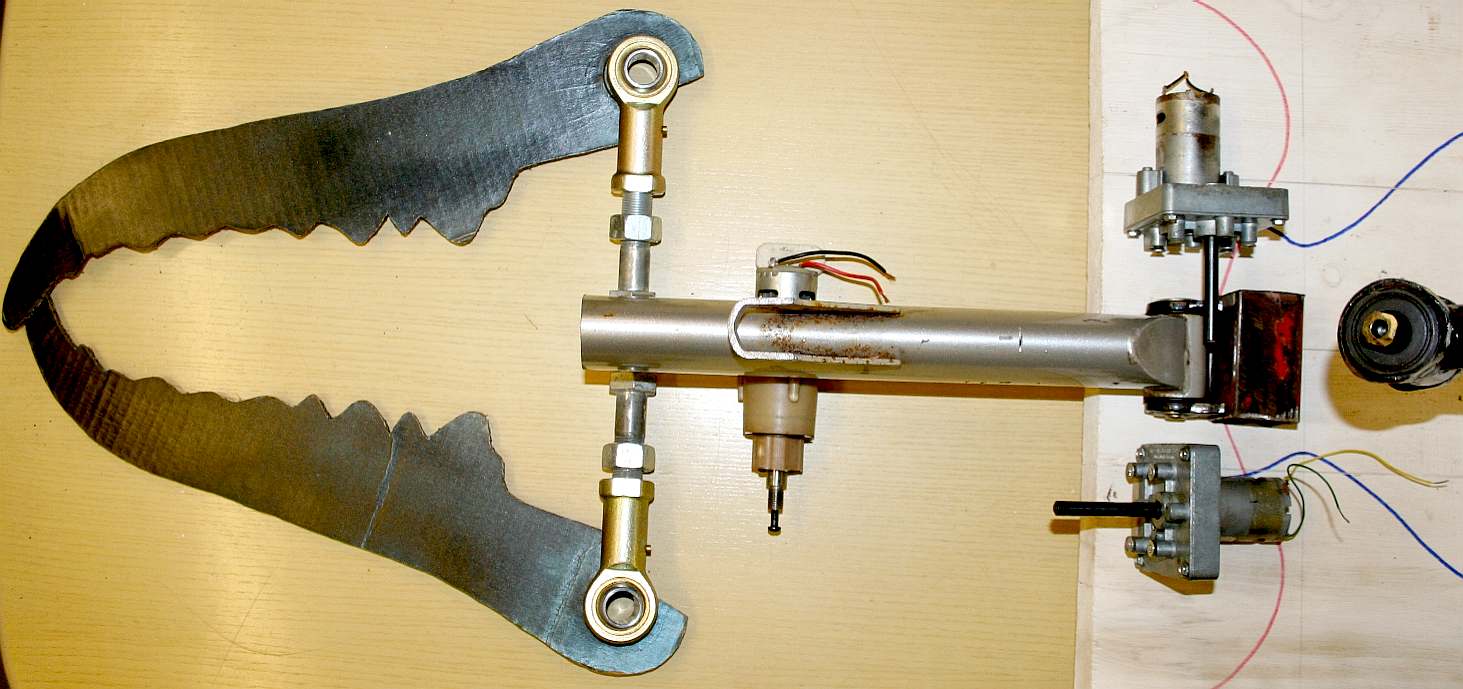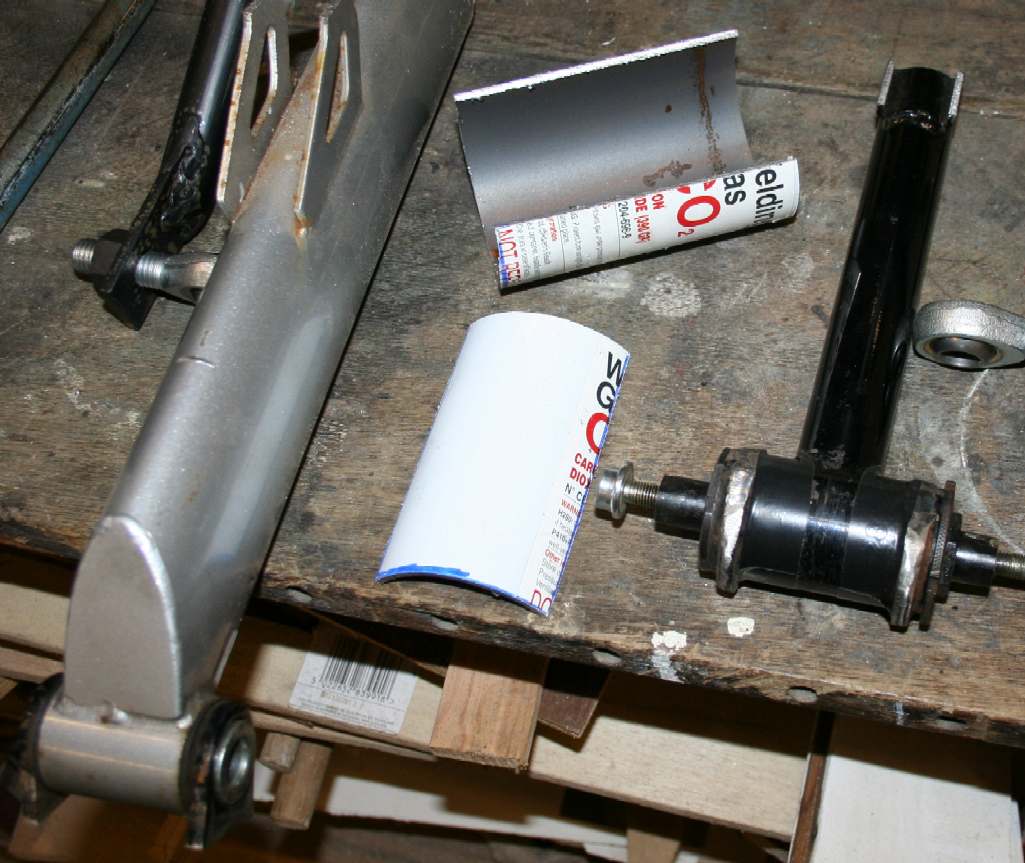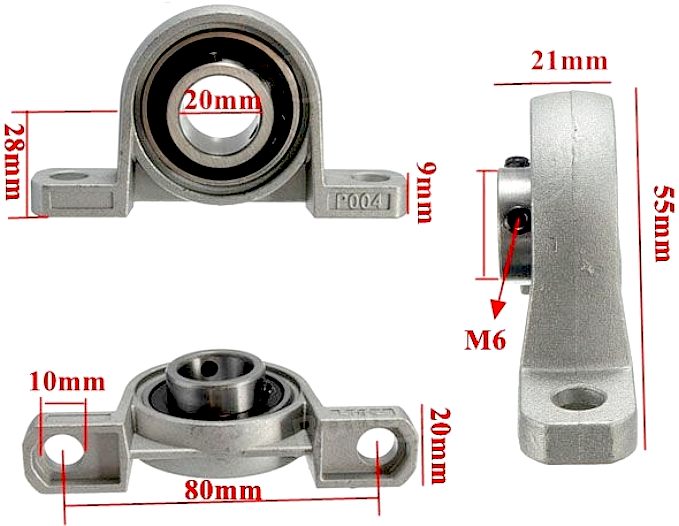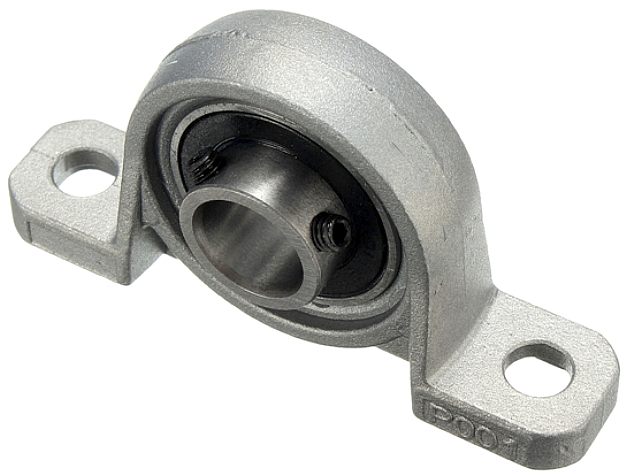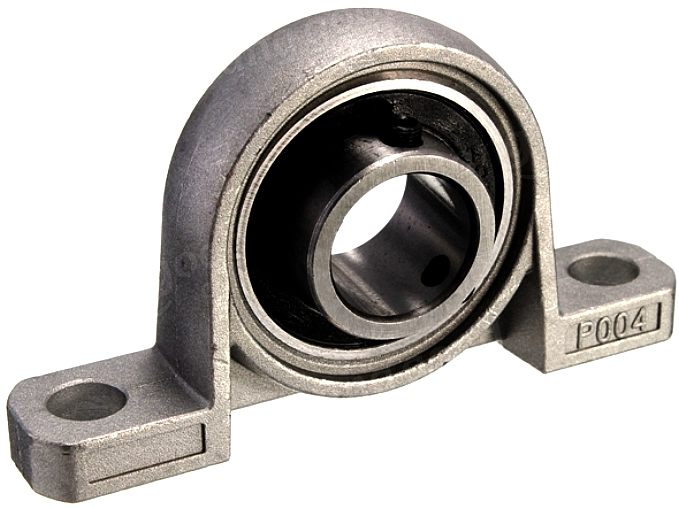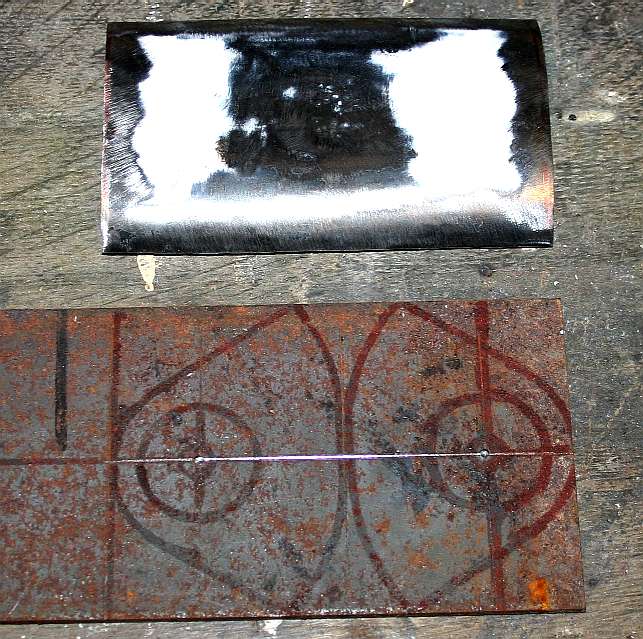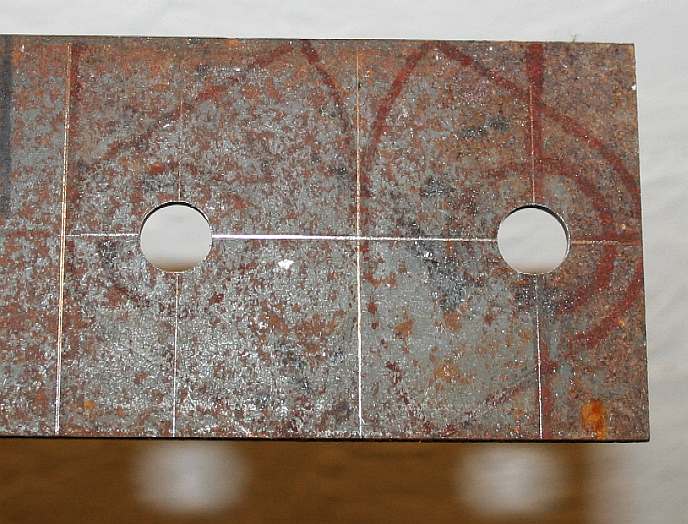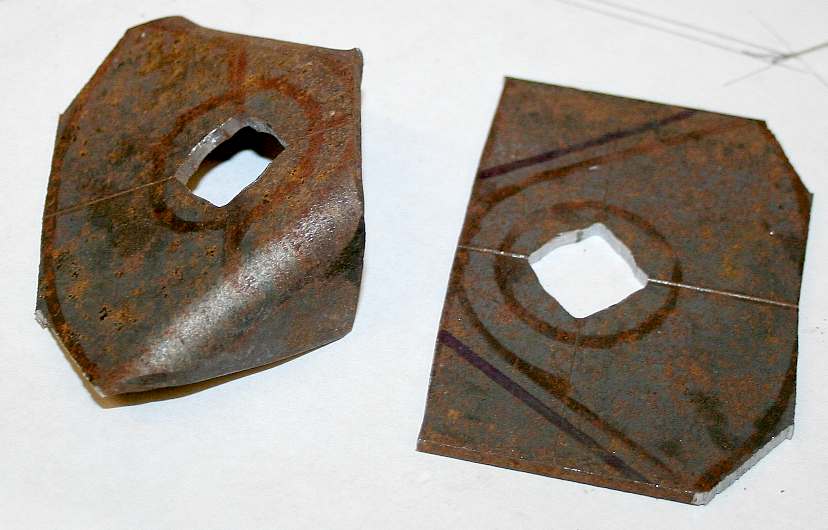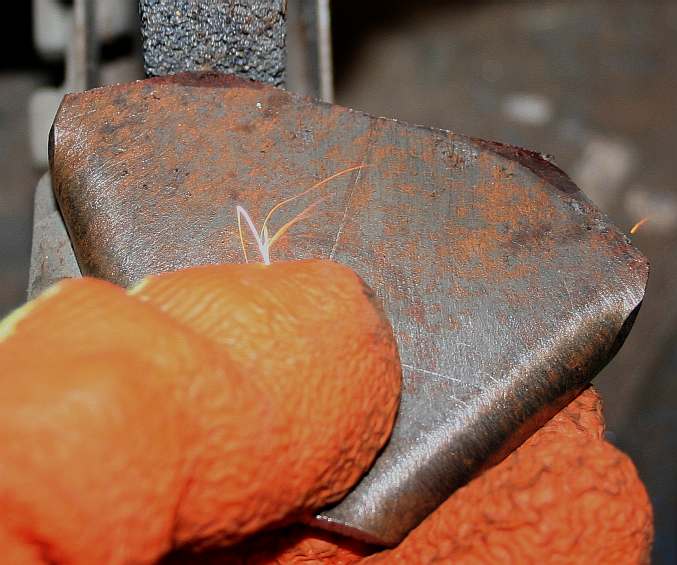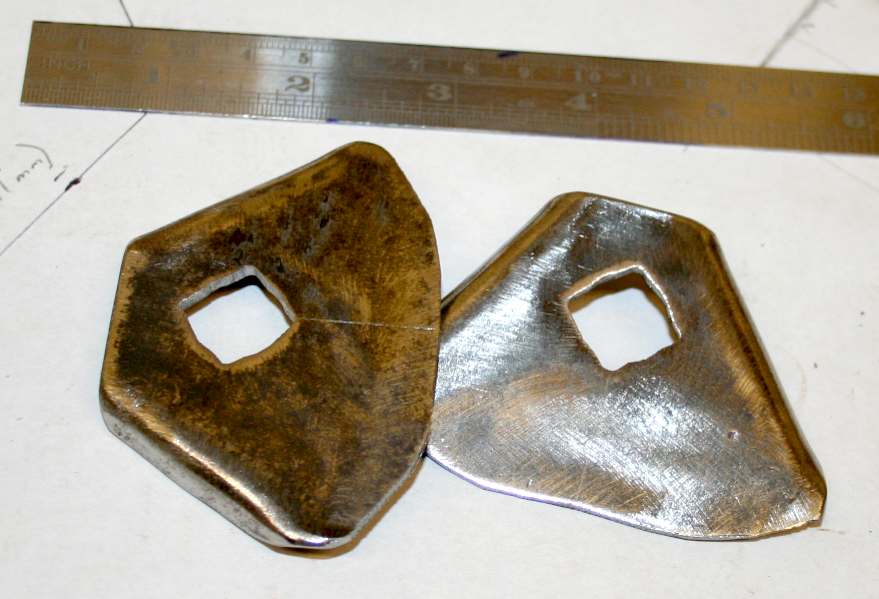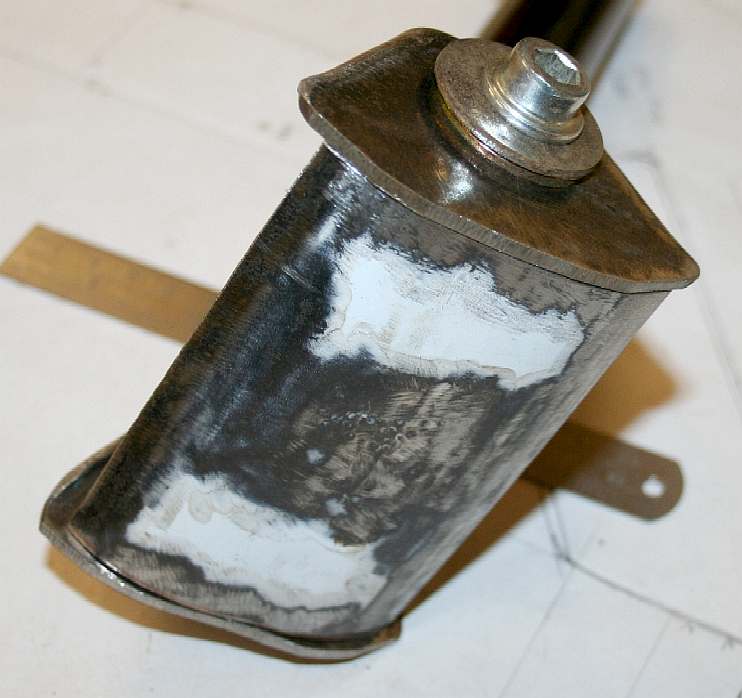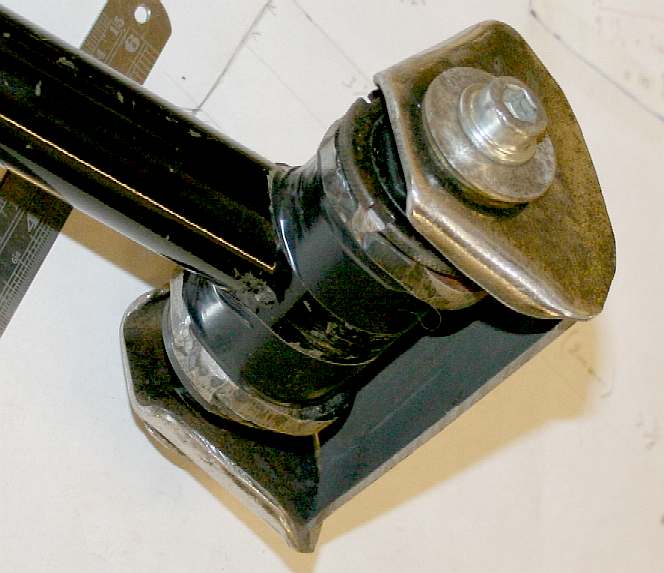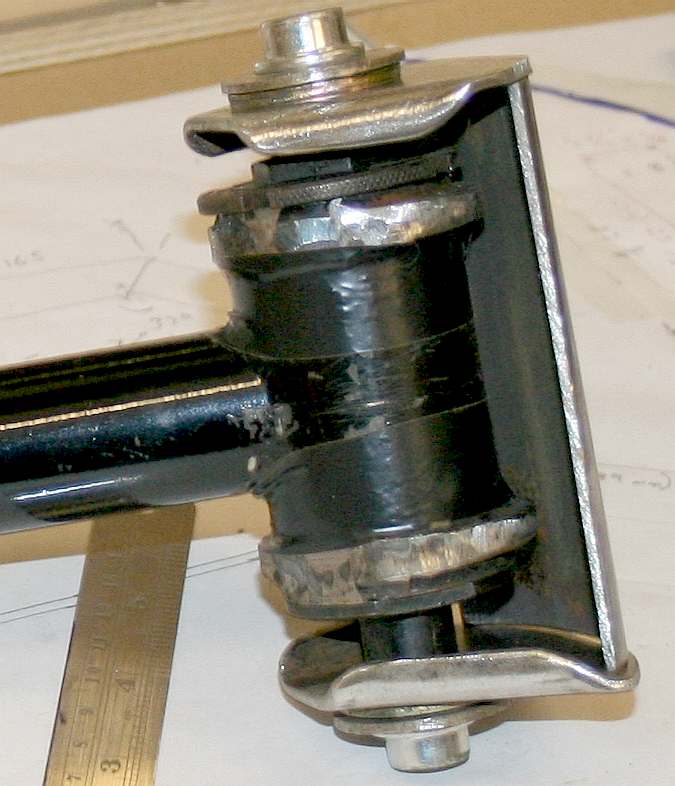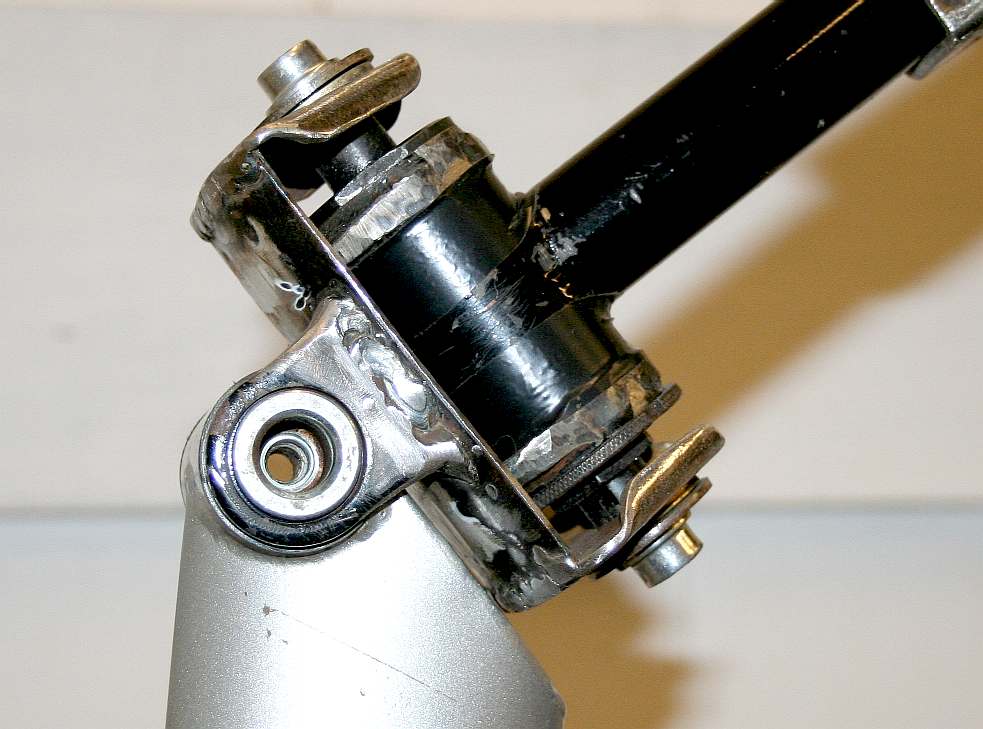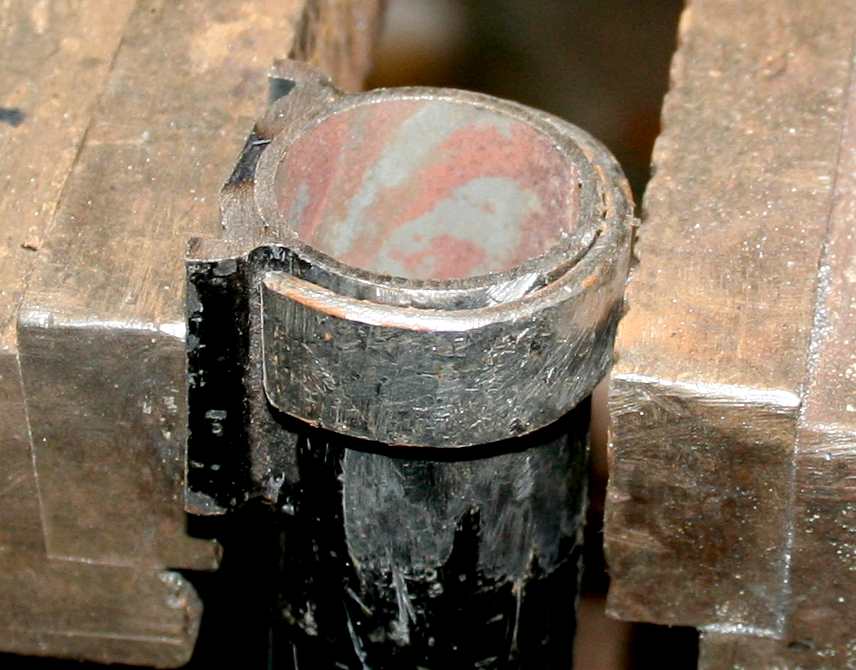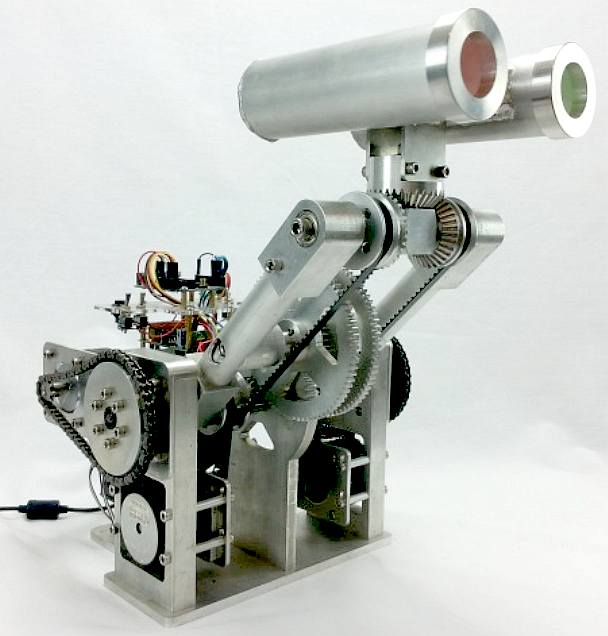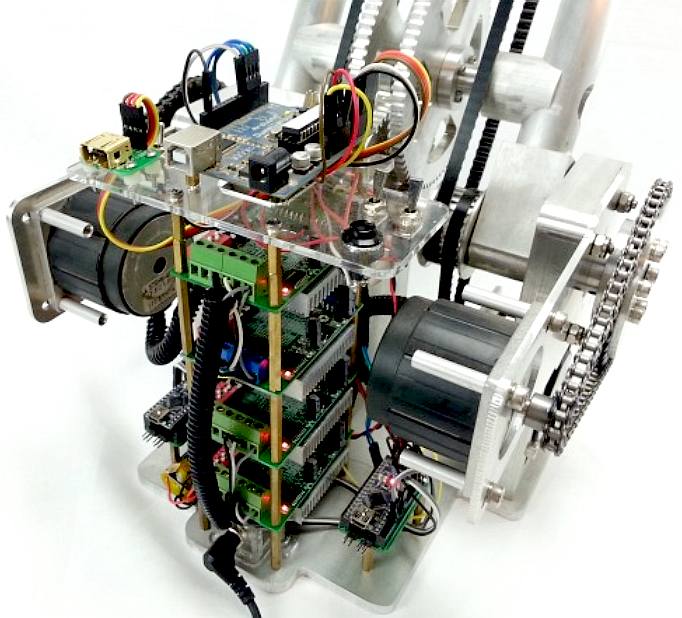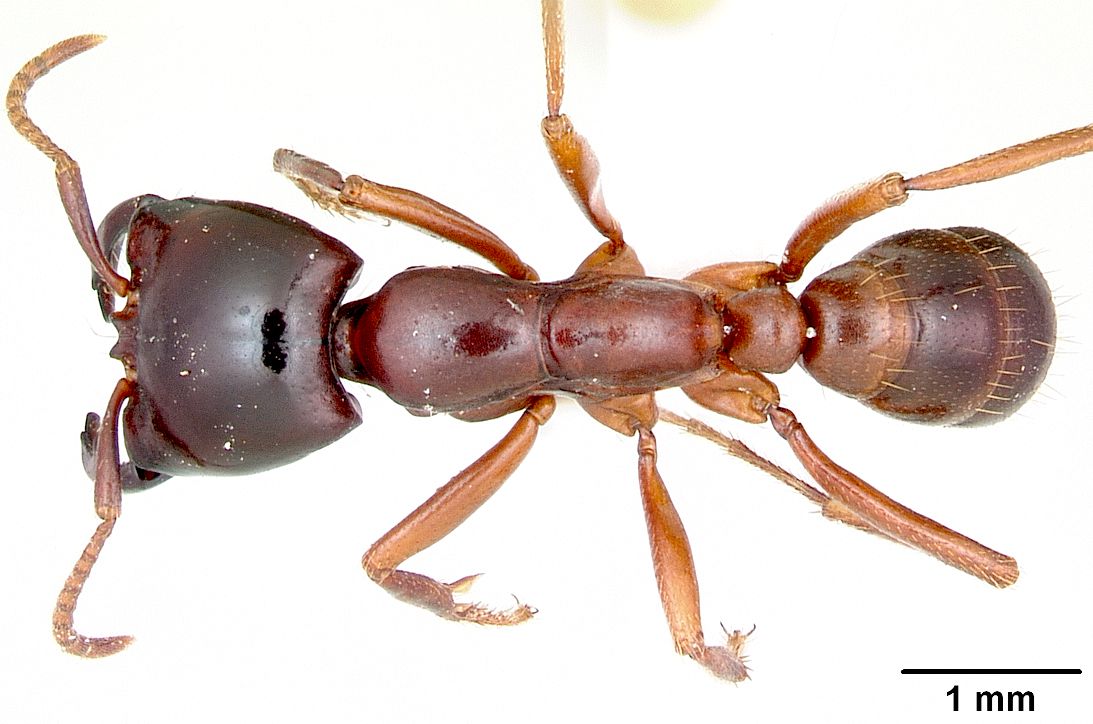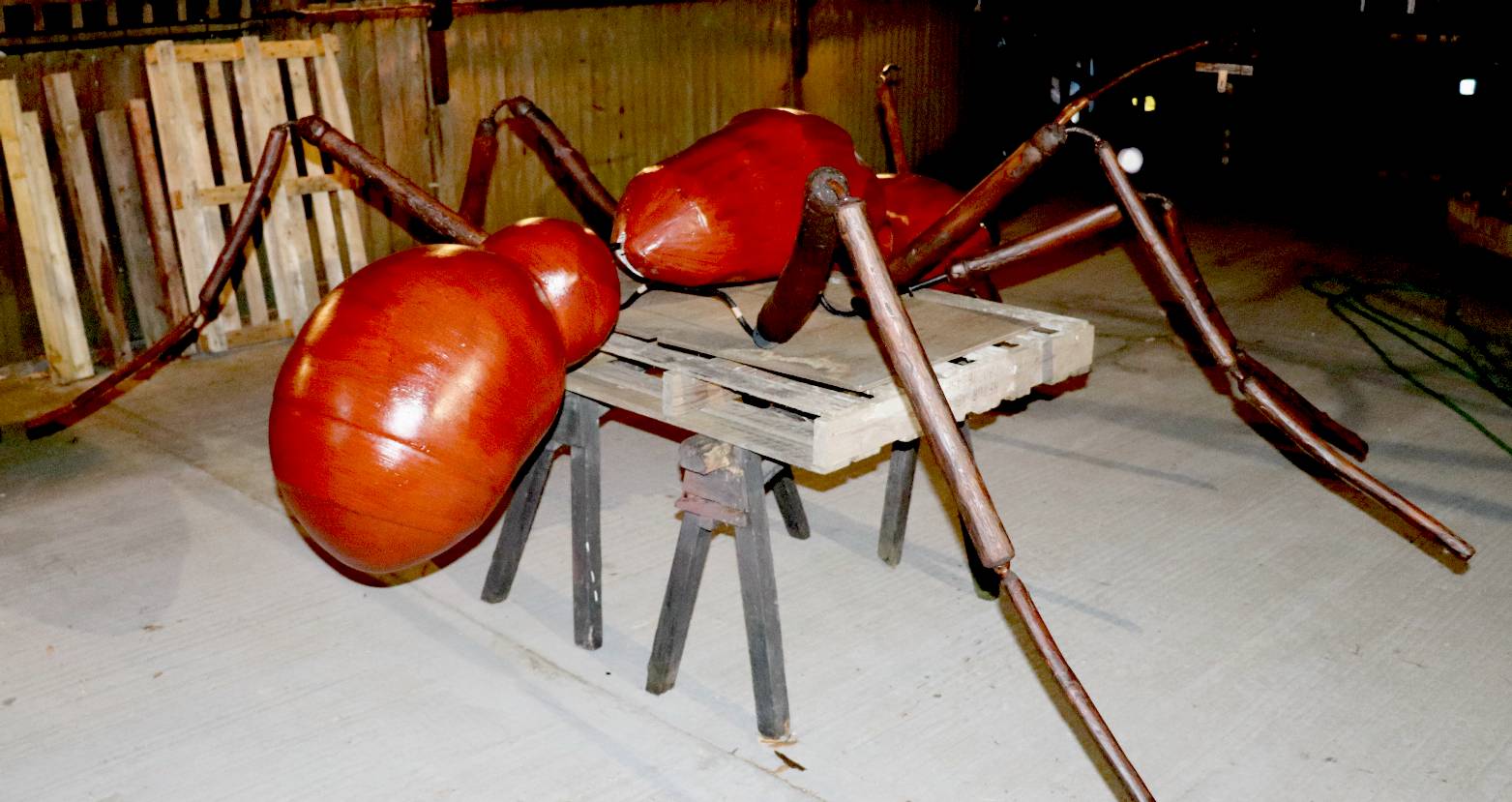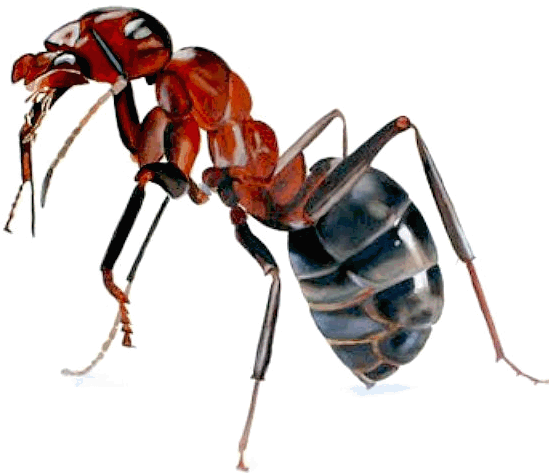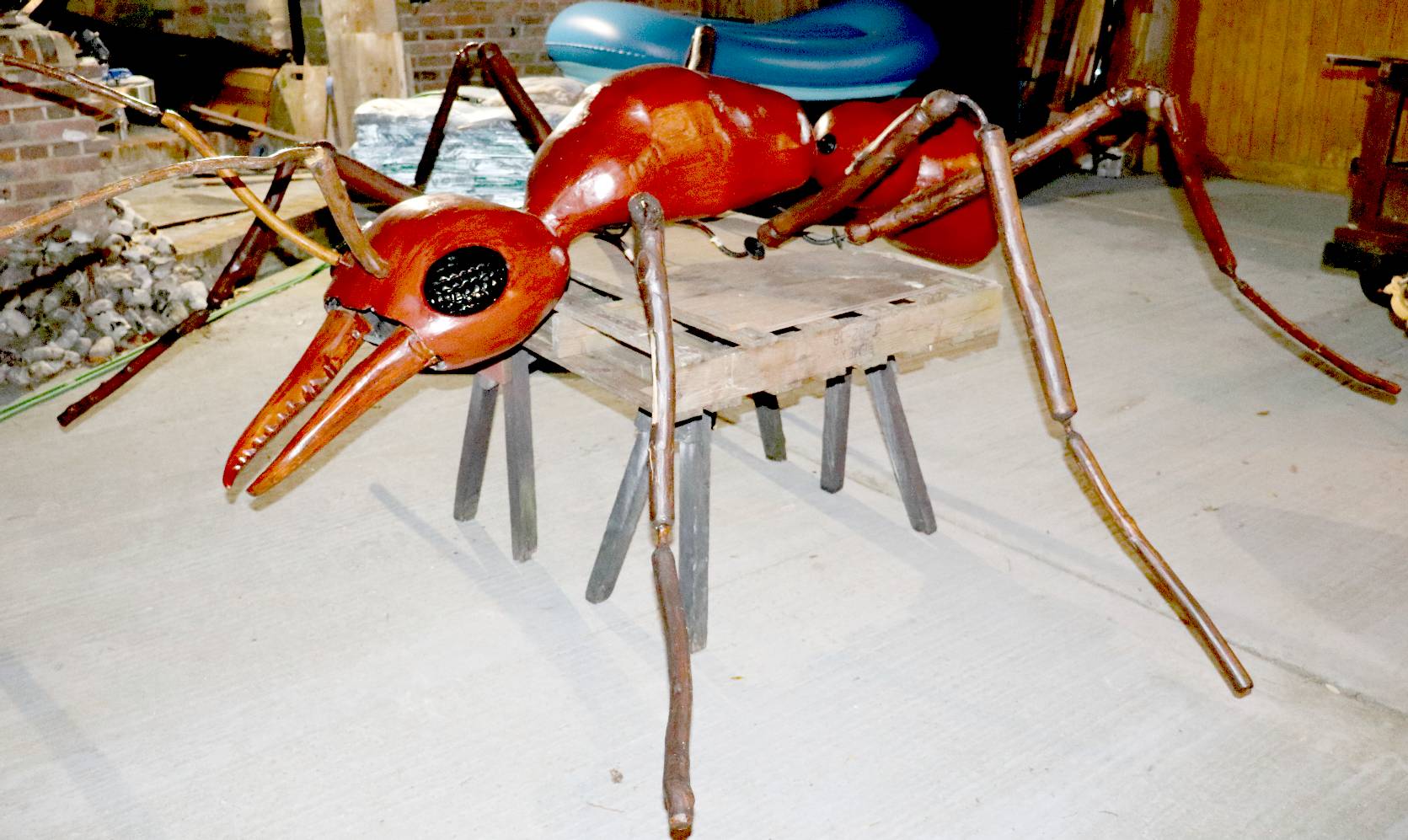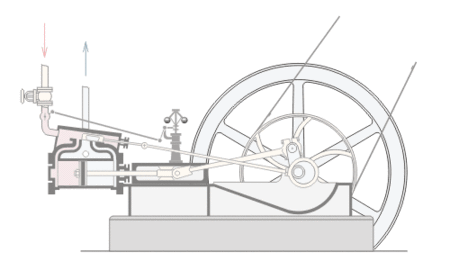|
ANTHONY'S - HEAD & JAWS |
ROBOTS |
|
|
EXHIBITS FRIENDS HERITAGE HOME LIME PARK OPEN DAYS PARKING TECHNOLOGY |
||
|
Is this the world's largest insect? Anthony the giant 'Bulldog' ant is seen here at the entrance to the Museum, with a young volunteer (Miss Ocean) helper - who actually worked on the cart that Anthony sits on. 'Miss Ocean' is a conservationist, keen on the country and rewilding. She also hates ocean plastic, that hurts humpback whales & dolphins. And is worried about climate change that is warming the planet globally by burning fossil fuels that make greenhouse gases. In Wealden 47% of CO2 comes from transport, with another 35% from housing. Yet, despite declaring a Climate Emergency, sustainable timber flatpacks are non existent in the District, as are charging points for EVs on newbuilds or along the high streets and in car parks. Two obvious ways of lowering carbon footprints.
'Anthony' is our friendly prehistoric giant insect. He is around 12 feet (3.5 meters) long, including his antennae. One day we decided it would be more fun for visitors to the Innovation Hub, if they could see Anthony close up. Where before he was always on a roof or other less accessible location.
As part of the Exhibits, we are developing a Robotic display to include the steel frame, motors and controllers that are designed to make the large hexapod walk.
Jimmy Watson is just an ordinary
boy at an ordinary school. He is a loner with just a few friends, and quite a few enemies. He often wanders off into a world of his own in classes, not listening to his teachers fully, on those occasions. Although he truly admires his science master,
loves physics and maths lessons, and especially metalwork, when he gets to make things in steel and other exotic materials.
This was all another world of wonder for young Jimmy.
This Jameson Hunter story, is a variation on the 1954 classic movie "THEM" with a tinges of Alien, Godzilla, King Kong, and "Jurassic Park" thrown in to the mix. Set in a future where the planet is boiling from fossil fuels, and the Antarctic ice cap is rapidly melting. Though not far from the truth today, this story was conceived over thirty years ago, the rights recently acquired. So far, it has only been developed in outline form. Jameson Hunter Ltd, is a story developer, looking to publish graphic novels, by way of awareness campaigns.
View from the front. Anthony is actually the artwork for a book: Jimmy Watson and the Magic Dinobot, from the Jameson Hunter Ltd. This old wooden pallet would turn out to be quite useful.
The neck joint of the ant is one of the strongest in the animal kingdom, able to take a strain equivalent to several thousands times the mass of the insect's body. The head of any animal is the most important part of the body because it contains the brain. That may not be true of robots where the computers making decisions could be mounted anywhere, but even on robots many essential sensors for environmental awareness are in the head, such as the eyes (cameras) and ears (microphones).
In our case the neck joints are required to lift the weight of a man or woman and be efficient when the robot is in sentry mode, harvesting solar energy and tracking the sun.
We pride ourselves on the ability to recycle commonly used products that are mass produced, into something completely different. It means that something most people would scrap, we give a new lease of life. This skill is especially important during the conceptual design stage, when the ability that all children have to play and experiment very often works to take an idea forward and prove a concept.
So, keep a few old gas cylinders about and don't throw away an old push bike that has useful parts on it.
RECYCLE - This is the crank bearing from a bicycle that is the perfect size for one of the head swivels and can take heavy loads with a relatively long service life. It needs minor modification for our purposes, including cutting the shaft down, re-threading and removal of all extraneous tubing. Then we need to make a strong 'U' bracket to mate with the bearing below - and put a swivel joint on the other end of what was the downtube.
RECYCLE - The gas that is supplied to us in disposable cylinders for welding is also a source of reasonably thick wall steel that is curved, so is ideal for making parts, rather than being thrown out. Making sure that the CO2 is exhausted, we cut one end off a cylinder with our trusty hacksaw.
RECYCLE - Inside you will find a small amount of very fine rust powder, but also that the steel is most useable.
RECYCLE - Having marked out the section you need, cut the cylinder along its length and again to get a semi-circle of steel. In this case we wanted a yoke plate that curved around the main head bearing, so keeping the distance between one bearing plane and the 90 degree opposite - as close together as possible.
Ants are one of the most fascinating and extraordinary organisms on Earth. The neck joint is a complex and highly integrated mechanical system. Ants carry loads in their mouthparts, transferred through the neck joint to the thorax, and distributed over six legs and tarsi that anchor the insect to the supporting surface.
OHIO STATE UNIVERSITY STUDY 2014
To understand how the antís neck is capable of withstanding such great pressure, the Ohio State researchers developed 3-D models of the internal and external anatomy of an Allegheny mound ant (Formica
exsectoides). These were made by introducing X-ray cross-section images
(microCT) of ant specimens into a modeling program (ScanIPĢFE) that assembled the segments and converted them into a mesh frame model of more than 6.5 million elements. The finite element analysis was then processed on the powerful Oakley Cluster, an array of 8,300 processor cores
(Intel
Xeon) at the Ohio Supercomputer Center.
OPEN WIDE - You can see from the CAD plot above that the jaws open to 19" (490mm) from a 10" (250mm) input lever - almost a 50% mechanical disadvantage. In other words we've had to revise the ratios a little. We cannot make 60 pounds (27kg) of closing force at the tips without introducing more reduction gearing. Inefficient though it may be, our bargain servo will drive a 14mm x 2mm screw thread into threaded swivel blocks on either inboard end of the jaws, via a 3:1 reduction, multiplying our 40 lbs of force x 3 (minus losses) to give around 120lbs (54kg) of crushing strength. Some of you may have noticed that the head articulation is exactly the same 3 axis arrangement as a human arm - from the shoulder to the elbow, though why all the fascination with humanoids when humans cannot perform anywhere near as well as other animals.
RECYCLE - This is the rear arm suspension bearing (nylon) from the same bicycle. Both of these bearings needed servicing, but will take the stresses of lifting a human in the jaws of the robot. We'll be sourcing new bearings for our kits from local engineering shops and overseas, rather than tool up to produce everything in our workshops. We'd prefer to keep production closer to home, but how can anyone compete with Central European and Asian prices with English business rates closing down small entrepreneurs before they can begin. The UK is not geared up to be a manufacturing nation any longer - though taking a lead in the industrial revolution. Fortunately, we do have design and development skills with international export potential - and you don't need expensive premises to think - at least not just yet. Our present administration would probably tax thinking if they could find a way to measure it.
ROBOT NECK - The crankshafts ends have been cut down and re-threaded. This is difficult because the shaft is case hardened - so we'd not recommend you attempt modification. We needed to use the chop saw and angle grinder to rework this bearing for our vertical movement. Don't forget to disassemble the bearings and wash in thinners to remove any grit from the blacksmithing, then pack with fresh grease and adjust. We have built in provision for a swivel neck, but will only be using two of the three-axis design for the head. The next part to make is the bracket to join with the horizontal bearing. We may need to slightly alter the angle of neck bearing. We'll only be able to see if adjustment is necessary with the head artwork fitted - the movement needs to look authentic.
HEAD SERVOS - By comparison to the heavy duty RC servos used in most robot kits, the above units provide some serious grunt. They will take 12-24 volts without harming the motors - rpm is a product of voltage, so speed rises with voltage - something to remember when calculating the gearing. [LEFT] The motor is a Mabuchi 540 frame driving through a reduction gearbox with steel gears. Two of these will provide head left (shake) and right and up and down (nod) [RIGHT] This is a similar motor from a battery hand drill. The epicyclic gearbox has been hacked, removing the clutching spring and ball bearings that are used to dial in variable torque for driving screws, etc. You can lock the drive by securing the steel outer gear casing to the plastic drill casing. We've inserted a liner that is a tight interference fit. When taking these units apart, be sure to do so in a large bowl or other contained area, or you will lose some of the ball bearings from the front thrust bearing. Clean and re-lubricate on re-assembly.
HEAD DUTY GEARBOX - The internals of the head/neck servos. Note the steel gears that start at the motor with fine teeth, getting progressively more coarse during the three stages of reduction gearing until the output shaft, and the large phosphor bronze output shaft bushes that have been packed with molybdenum disulphide grease to prolong service life. To extend working life even further and improve efficiency, you would need to seal the casing and use a good quality gear oil in place of grease. Grease at low temperatures is thick enough to cause high drag. Please note that this photograph is Copyright © Jameson Hunter Ltd., 2 January 2016. All rights reserved. You will need permission from Jameson Hunter to be able to reproduce it.
THE GEARBOX/MOTOR - These motor/gearbox units from Whenzhou Tyhe Motor Company in China may offer a low cost and reliable high output solution. Though Chinese goods are cheap imports, local suppliers are to be preferred to save carbon miles.
HEAD & JAWS - The head and jaw parts placed in roughly the right position. The neck bearings on the right need to be joined (welded) and mounts made for all three of the servos. The jaws (shown here as a cardboard pattern) need to be made in steel and composites. At the moment we're using 18mm spherical rod ends for the jaw main bearings to cope with 120 lbs of closing power and the ability to lift a person into the air. There are a lot of levers and control rod couplings to make - and some more mountings that sit on top of the head frame, for the antenna. The jaw motor drives a threaded bar that opens and closes the mandibles, further reducing the drive ratio, and so increasing closing torque. Please note that this frame is Design Copyright and that this photograph is Copyright © Jameson Hunter Ltd 2 January 2016. All rights reserved. You will need permission from Jameson Hunter to be able to reproduce it.
BONE YARD - The main components of the neck joint before the all important central plate, or yoke, is inserted between hinge axis and welded to the hinge plates of the head frame (left). In automotive terminology such 90 degree opposites are called universal joints. We'll be using custom made (heavy-duty) bearing blocks on production models.
CHASSIS DESIGN - We'll be using 15, 20 and 25mm ball-bearing (pillow mount) blocks in future production DinoBots. A 25mm shaft can carry a significant load. Pillow mounts allow for and cure some misalignment in that they are self aligning. This particular brand is also lubricated for life and sealed against dirt ingress. Replacement for repairs is a simple matter, should a robot see that level of use.
NECK JOINTS - Coming back to the neck joint, we need to make two steel plates to bolt to and come off the modified crankshaft bearing. Mark the outline of the plates in felt marker and scribe in the centers, then centre punch. Please note that this frame is Design Copyright and that this photograph is Copyright © Jameson Hunter Ltd 28 January 2016. All rights reserved. You will need permission from Jameson Hunter to be able to reproduce it.
NECK JOINTS - Use a pillar drill to take the holes out to 15mm. These round holes need to be squared a little to mate with the bicycle crankshaft. Note how the surface rust makes the raw material look as though it should be scrapped. When in fact it is perfectly useable.
NECK JOINTS - Having drilled and shaped the holes to fit onto the push-bike crank, the rough blanks then need to be folded to give additional strength to the joint. The 15mm holes are no longer round, but tending to square. Please note that this frame is Design Copyright and that this photograph is Copyright © Jameson Hunter Ltd 28 January 2016. All rights reserved. You will need permission from Jameson Hunter to be able to reproduce it.
SHAPING - Use the coarse wheel on a bench grinder to pre-shape the radius of the steel semi-circle that was cut from the old gas cylinder. Wear a pair of gloves when grinding and protective glasses or goggles. Only rough shape, because when the three parts are welded together, the weld will take up a fair amount of play - and will need cleaning up anyway.
NECK JOINTS - Clean off the surface rust ready for welding. You must not allow rust or other contamination (inclusions) to weaken a weld. The preparation should be so that you can prime after welding, ready for a coat of protective paint. Please note that this frame is Design Copyright and that this photograph is Copyright © Jameson Hunter Ltd 28 January 2016. All rights reserved. You will need permission from Jameson Hunter to be able to reproduce it.
ASSEMBLY - Bolt an end plate onto each side of the crankshaft, sandwiching the gas-cylinder steel plate in between. The length of the joining plate needs to be cut accurately to be an interference fit. We used a 24 tooth hacksaw to cut the steel and a fine felt pen to mark it accurately. Our favourite marker pens are the fine tip Staedtler Lumocolor that seem expensive, but compared to other brands, give reliable results - and in the workshop quality matters. Take your time cutting. Use nice long smooth strokes and you'll be through in no time. If you rush it, you will go off line. We are now ready to tack weld the assembly. Please note that this frame is Design Copyright and that this photograph is Copyright © Jameson Hunter Ltd 28 January 2016. All rights reserved. You will need permission from Jameson Hunter to be able to reproduce it.
NO PEDALS - It may seem strange to see a bicycle crankcase without any pedals. Just wait until you see this head side-swivel bearing welded to the up-down bearing, that is the rear suspension bearing of the same donor bike. The point is that these bearings are strong enough and efficient enough for our purposes. SERVICING - Although the bearings have been cleaned and re-packed with molybdenum disulfide grease, to replace the bearings you will need to undo the two end bolts, drop out the packing washers and prise apart (open) the two end plates by about 3-4mm. This is by design to make a more robust unit. Please note that this frame is Design Copyright and that this photograph is Copyright © Jameson Hunter Ltd 28 January 2016. All rights reserved. You will need permission from Jameson Hunter to be able to reproduce it.
DINO ANT - This is the head of Dino ponera, one of the world's largest ants found in the Americas. The eyes are placed more forward than most modern social ants, but they are small compared to the Bulldog ant. Where the jaws are not so long or thin, the head has the ancestral characteristics of their Australasian cousins.
HEAD & NECK JOINTS - The head frame is now connected to the neck joints. The brackets are welded inside and outside to carry a medium sized stunt person of up to 11 stones (154 lbs or 69.9kg). The freedom of movement (angle) is directly down (vertical or 180 degrees), to almost directly up = 330 degrees, so giving us 150 degrees of movement. We'll not use all of this of course with the bodywork fitted. The head servos shown above will not be man enough stunt work, but the frame and bearings will cope - simply needing beefier drives, or (electro) hydraulic rams. In effect, the robot becomes a small engine hoist, replacing the engine for a human actor. This frame is Design Copyright and that this photograph is Copyright © Jameson Hunter Ltd 29 January 2016. All rights reserved. You will need permission from Jameson Hunter to be able to reproduce it.
NECK SLIDER - The steel tube that projects from the main frame to the neck joints is fitted with steel rings at the frame end and half way down the tube. This then forms the sliding surfaces for insertion into the box section steel tubing - that is then bolted in position. The reason for doing this, rather than just welding, is that we may replace the static neck with a ball-bearing swivel joint to give 3-axis movement.
NECK ASSEMBLY - In this picture you can see the neck tube inserted into the steel box section frame, and bolted in position.
WALTER
11 2013 - By way of comparison in the approach to the project,
there is nothing recycled on this machine from Chris the Carpenter. Walter was clearly a
labour of love. The machine required hundreds of hours of work and a huge amount of maths and hand-written
notes in the programming. The stepper drivers were from Ebay. Two Arduino Nano's (each running Teacup firmware) control the steppers. One drives the neck (X/Y) and the second drives the main arm up and down (Z). A standard Arduino Uno feeds G-code via serial interface to the two Nano's. Also included was a Wii NunChuck connector that allowed Chris to drive the mechanics manually via joystick and tilt.
ARMY ANTS - Have a huge set of jaws and sometimes a thicker neck joint to prevent the head being severed from the body except under extreme circumstances. Almost everything about insect design is extreme, that's why we love them.
ENGINEERING DESIGN - Ants are fabulous fighting machines. Biological engineering is less of a compromise than man-made machines. The only advantage that machines have have that we build is that we can use any material we want to seek to compensate for design and manufacturing limitations.
DINOSAURS - DOLPHINS - HUMANOIDS - RAYS - SHARKS - WHALES
ARDUINO - ARM HOLDINGS - BEAGLEBOARD - MBED - PCBS - PICAXE - RASPBERRY PI
ROBOTICS - As a machine, hexapods can traverse extremely rough terrain. At this size, they can rescue humans, or walk on the surface of planets, where Moon Buggies are unsuitable.
There are several innovative vehicles and vessels on permanent display at Herstmonceux Museum, including:
1. Art Gallery - Collection of paintings, pictures, graphics, sculptures, wooden carvings & exotic glassware (coming soon) 2. Archives - Historic documents library, patents, trademarks, copyright, films, catalogued legal papers & letters (coming soon) 3. An Edwardian ice well, throwback to the days before refrigeration (coming soon) 4. A large underground (condensation/cooling) and water storage chamber for ice making (coming soon) 5. The world's smallest water basin, test tank for model boats & ships to 1:20 scale 6. World's smallest wind tunnel, vehicle drag measuring instrument using electronic strain-gauges 7. Three PV boat models, Navigator, SWATH & 2 cats + route map prior to Swiss PlanetSolar 8. Seavax, the ocean cleanup proof of concept prototype from 2016 9. AmphiMax, radio controlled (working) beach launching & recovery vehicle for SeaVax 10. Anthony the most dangerous giant Australian bulldog ant, 300 times normal size - Making Ant's Cart 11. EV - FCEV refueling station model in 1:20 scale 12. The only working (fully functional) water well in Herstmonceux village 13. The fountain of youth, Cleopatra inspired statue supplied from natural well water drawn on site (coming soon) 14. Second World War, 'Anderson Inspired,' bomb proof shelter constructed by Major Charles de Roemer 15. City sports FCEV-BEV, hydrogen gull wing proof of concept DC50 electric car 16. Land speed record car: Bluebird-Electric BE1 (original 1st) with battery cartridge exchange 17. Land speed record car: Bluebird-Electric BE2 (original 2nd) with cartridge exchange 18. A complete mummified squirrel, found when re-roofing the Museum June 2017 (coming soon) 19. A fully operational, and restored VW Kombi van dating from 1978 (historic vehicle) 20. BMW i3, battery electric vehicle hybrid, with onboard generator range extender 21. Solar panel, and battery energy storage systems facing north-south and east-west 22. A hornet's nest found on site & preserved in 2016 (reported as [Asian] invasive species, to be safe) 23. Three sewing machines, including an antique Singer and a Brother industrial. (coming soon) 24. Adventure climbing frames for children (back to nature) Swiss Family Robinson (under review) 25. 'Elizabeth Swann' proof of concept model 1:20 scale hydrogen powered trimaran 26. Holm oaks, planting and growing trees from acorns on site, re-wilding in Sussex 27. Robotics, mechatronics, electronics and animatronics display - the steel frame, head-jaws, & drives of Anthony (coming soon) 28. Dalek - Full size, drivable working model of the famous Doctor Who BBC TV series, and Peter Cushing film
The giant Australian Bull (or Bulldog) ant model, is not in any way connected with the generating history of Herstmonceux Museum, other than being built using their facilities, in association with Jameson Hunter Limited, for their Sectasaur, and Magic Dinobot, story development and special effects.
|
||
|
|
||
|
EXHIBITS FRIENDS HERITAGE HOME LIME PARK OPEN DAYS PARKING TECHNOLOGY UNESCO
Copyright © 2024 Lime Park Heritage Trust. A not for profit organisation with charitable objects.
|
||
